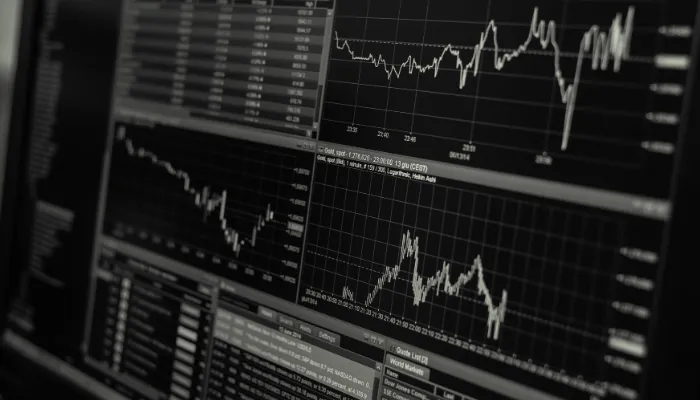This is a pretty common question we get from our clients. It’s an understandable fear, given that market volatility is real. Fortunately, the situation is not as dire as it seems – even if you happen to retire the day before a big crash in the market.
We’re going to give two examples to prove this statement by looking at the data of entering and exiting the sharemarket at the worst possible times. We’ve used the S&P 500 for these examples, which are the top 500 publicly listed companies in the U.S. The reason we use this is because there is a lot of data available for the U.S. market. In the short-term, the performance of markets around the world differ; but they are fairly similar in the long-term. So, if we look at trends over a long-term period such as thirty years, the Australian market would be quite similar to the U.S market.
Example 1: Client A – retired one day before the 1987 crash (which is often referred to as ‘Black Monday’). Our calculations consider what would have happened if Client A invested their money right before the crash, then measured their position again on April 1 2020 (during the big fall in the market due to the COVID-19 pandemic). As we said, this is entering and exiting at the worst possible points. In essence, this person would have experienced 2 major drops in the market over their investment period.
In this timeframe of just under 33 years, the average rate of return would’ve been 6.97% per annum. For the sake of simplicity, we’ll call it 7%. It’s important to note that this figure is not the overall figure, but calculated per annum. It didn’t matter that this person entered and exited at such low times, they still got this average rate of return.
Over those 33 years, inflation was approximately 2.5%, so we could say the real rate of return was 4.5%.
This backs up what we’ve said before – when you look at data like this, you can see that over 30-year time periods, it’s all relatively even. Not to mention, this is a worst-case scenario – and there was still a 7% return during Client A’s retirement period. A best-case scenario could see figures up around 12-13%.
Example 2: Client B – invested in the S&P on November 1st, 2007, a short while before the GFC which took place later that same year. And by March 2009, the market had plummeted by 57%. Someone who was 18 months into their retirement would have watched their superannuation drop from $1,000,000 to $400,000.
But if they were to measure it again in April 2020, they would see an annual return of 5.75%. So the first 18 months, they were at –57%, but in a little under 13 years they were back to an average of 5.75% per annum.
During this time, inflation was a little lower at 1.61%, so the real rate of return was approximately 4%. Not too dissimilar from Example 1.
The trouble is that people see these big drops and panic, then withdraw their money – so they are never in the market long enough to get those average returns. The best thing to do is to hold onto those investments and stay calm.
Some of our clients like to have cash in the bank for emergencies – that isn’t a bad idea, as long as you’re aware of the risk of term deposits (check out our podcast
The Shocking Risk of Term Deposits). People are shocked when we tell them that just 3 years into their retirement they will have spent around a quarter of a million dollars already – but this is purely factual, with people spending roughly $80,000 per annum. It’s a bit of a glass-half-full situation where it’s great that people are living longer, healthier lives and travelling more – but it also makes it more difficult to fund such long retirements. So it’s important to have the right investment strategy. And we think there is simply no other alternative to investing in shares – the only way to avoid market volatility is not to invest at all. And then you're missing out on that 7% return altogether.
Remember this: volatility does no harm – but reacting or relating to it does.
To do your own calculations, check out the Political Calculations website
on this.

